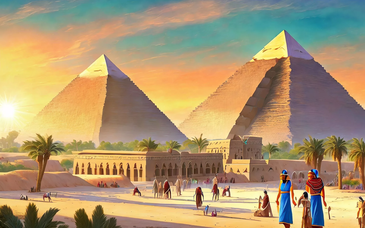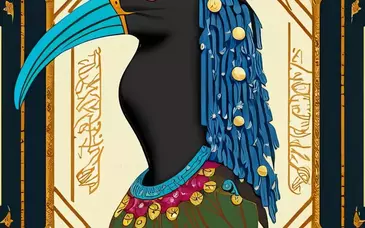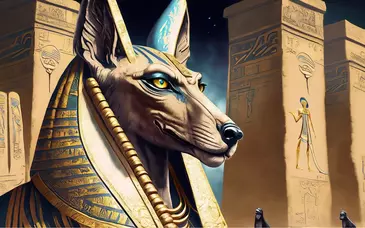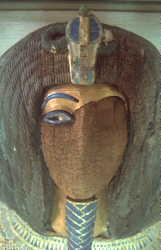
King Smenkhkare is thought to have ascended to the throne either in the latter years, or after the death of Akhenaten. Very little is known about his reign which appears to have been quite short. A mummy found in tomb KV55 in the valley of the kings is thought to be his, although the evidence is by no means conclusive and a lot of lively debate continues on the subject.
This body was found in a coffin which had the royal cartouche hacked out making a positive identification impossible.
The coffin appears to have been originally intended for a woman and may have been hastily adapted to accommodate the short lived Pharaoh. This is an assumption which the reported discovery of a piece of gold foil bearing Smenkhkare's cartouche stolen from the tomb when it was opened would seem to confirm.
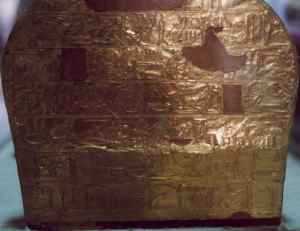
Comparisons made between the body found in KV55 and that of Tutankhamun show that there is a chance that they are closely related, possibly brothers. As Tutankhamun's parentage is not certain there are various theories about this. One is that they were sons of Akhenaten by another wife named Kiya, perhaps the original occupant of the coffin. Canopic jar stoppers found in the tomb are also thought to have been originally intended for Kiya but were later modified for a royal burial by the addition of the cobra to the brow.

